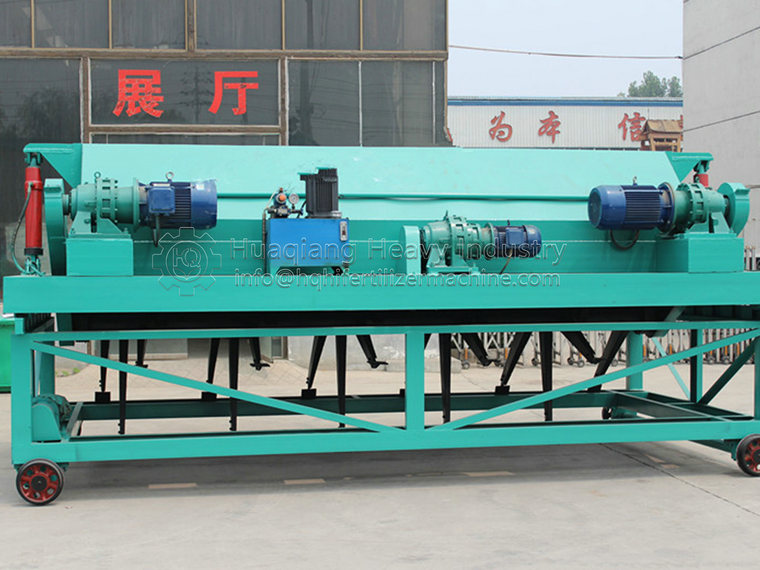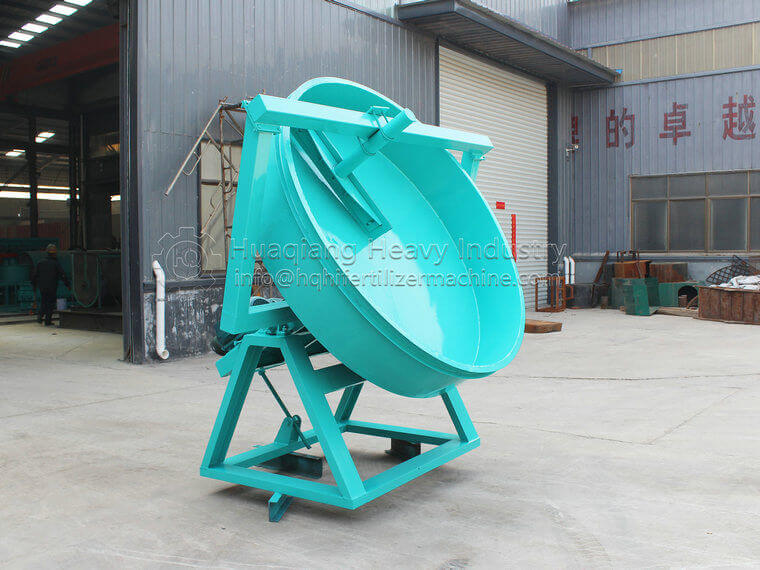The working principle and equipment characteristics of a new type of vertical crusher
The new vertical crusher for household waste crushing equipment is an optimized design based on advanced domestic and foreign crushing equipment, which is a non screening and adjustable crushing equipment. It can be widely used as one of the mainstream equipment in mineral processing equipment. It can be used for the final crushing of various materials such as mixtures, gypsum, coal gangue, slag, copper ore, etc. It is also one of the most commonly used crushing equipment in the compound fertilizer industry, suitable for the crushing of raw materials and return materials. Especially for materials with high moisture content, it has strong adaptability, is not easy to block, and the feeding is smooth.
Working principle of a new vertical crusher for crushing household waste:
The domestic waste crushing equipment refers to the ability of the minimum drum diameter of the board to be rolled according to the specified yield limit thickness and width in a cold state. There are many cold rolling methods used domestically and internationally. Cold rolling has high precision, simple operation process, and low cost, but it requires high quality of the board (such as no defects such as notches and cracks are allowed), and the consistency of the metallographic structure is good. When the thickness of the organic fertilizer vertical crusher is large or the bending radius is small and exceeds the working capacity of the equipment, the hot rolling method can be used, provided that the equipment allows it. For some boards that do not allow cold rolling, if the rigidity of hot rolling is too poor, warm rolling method is used.
The structure of the new vertical crusher for household waste crushing equipment includes a lower frame, a casing, upper and lower shaft seats, a main shaft, a rotor disk, a chain, a hammer head, a belt, a motor frame, and other parts. The power is driven by a triangular belt to rotate the main shaft. The main shaft has two bearing seats, which are installed at the upper and lower ends of the casing. The casing assembly is installed on the lower frame, with a rotor disc and chain installed on the main shaft. The feeding hopper is located on the upper part of the casing. In order to facilitate the loading and unloading of the hammer head, a flap is opened on the casing for easy disassembly and maintenance.
.jpg)






